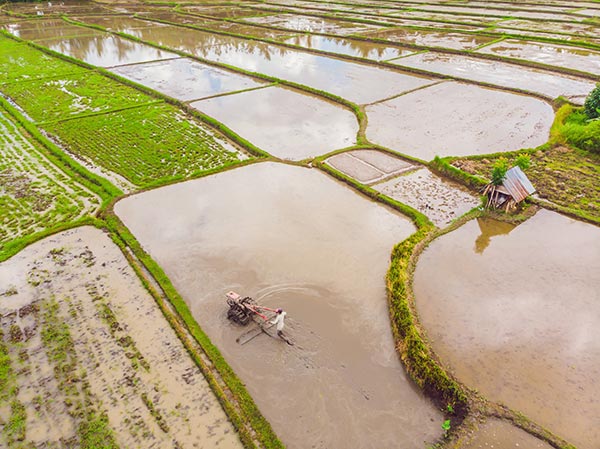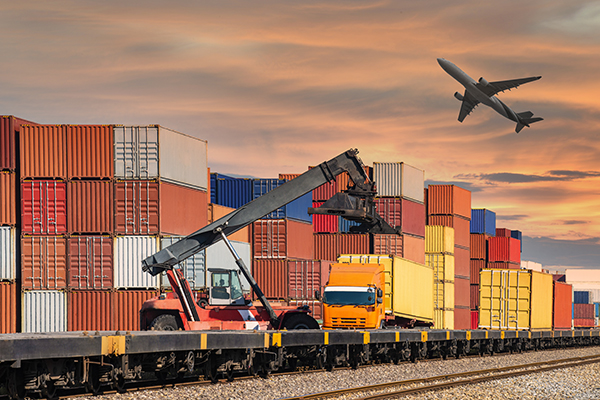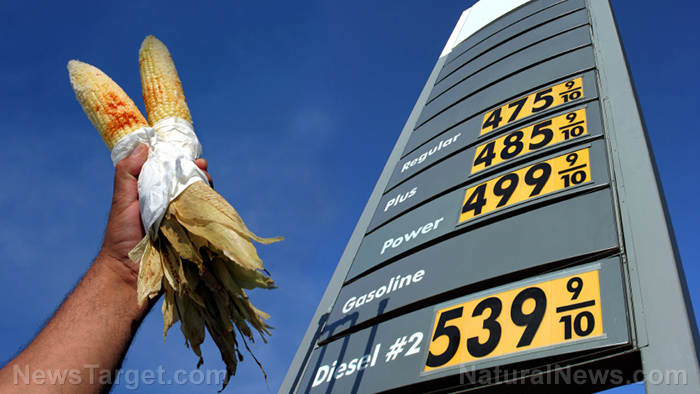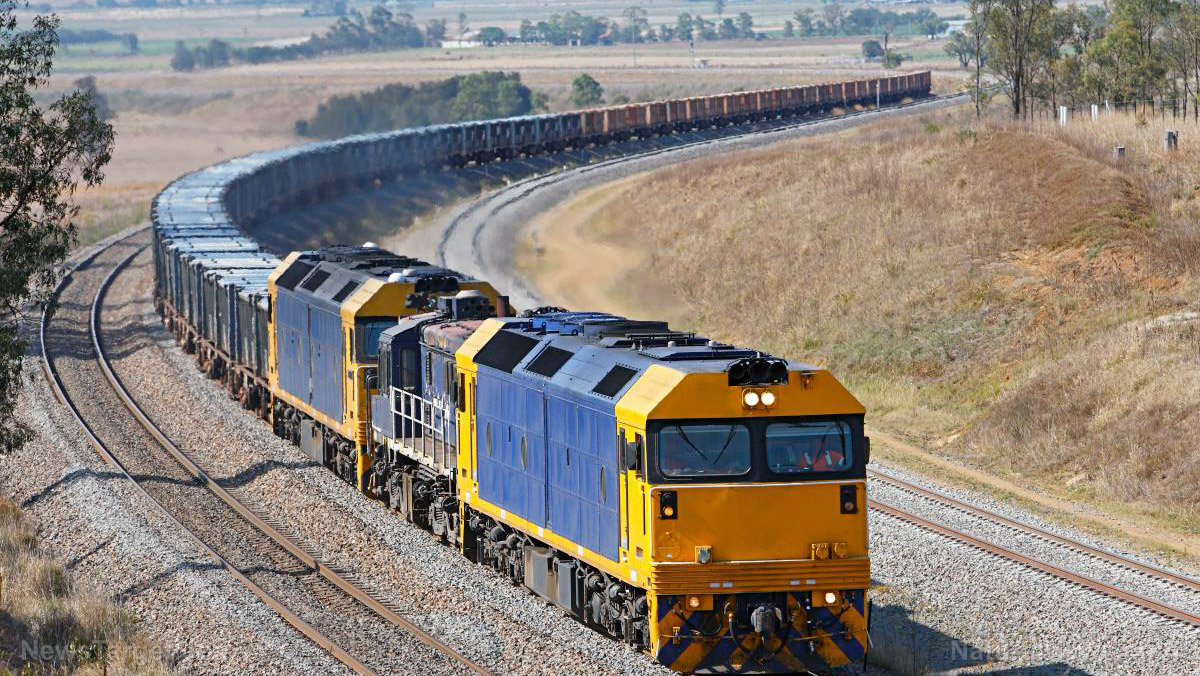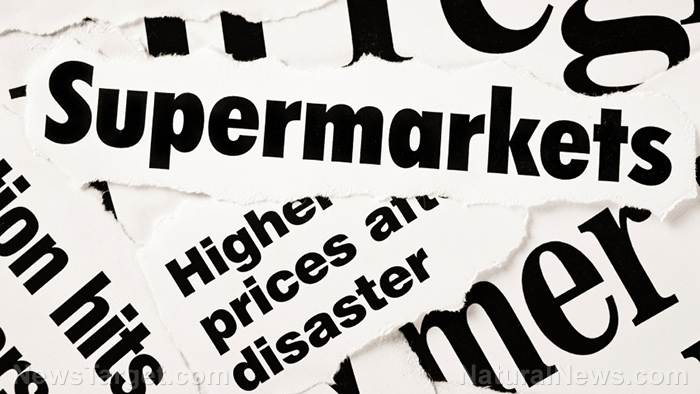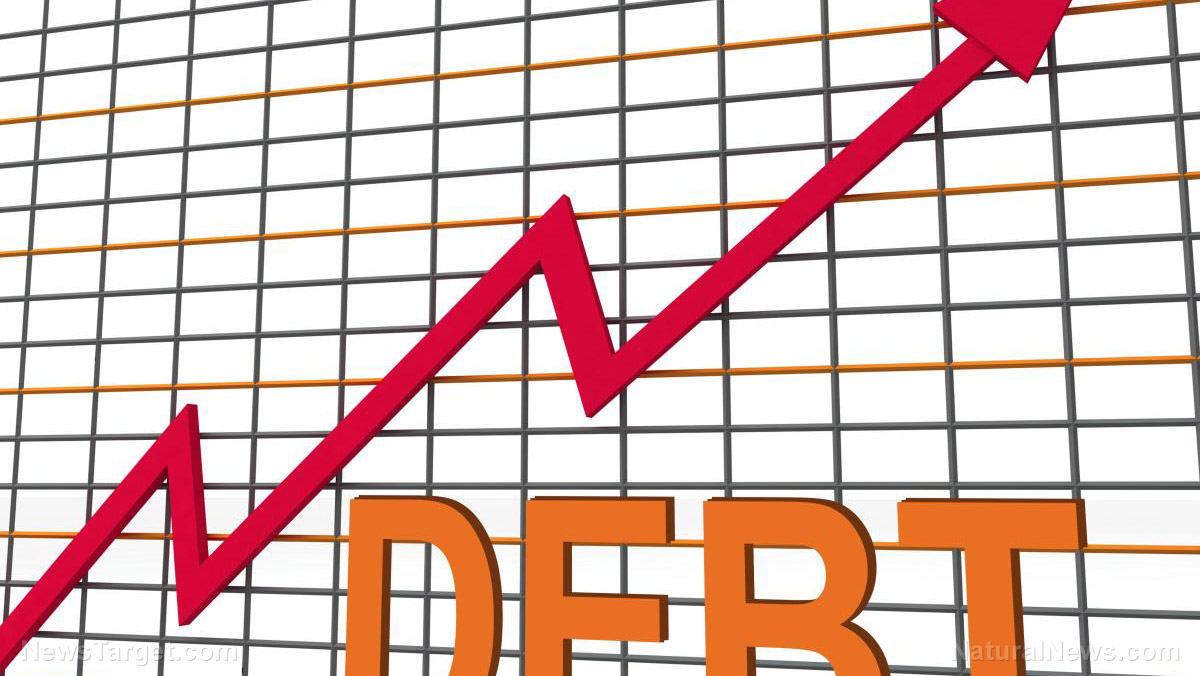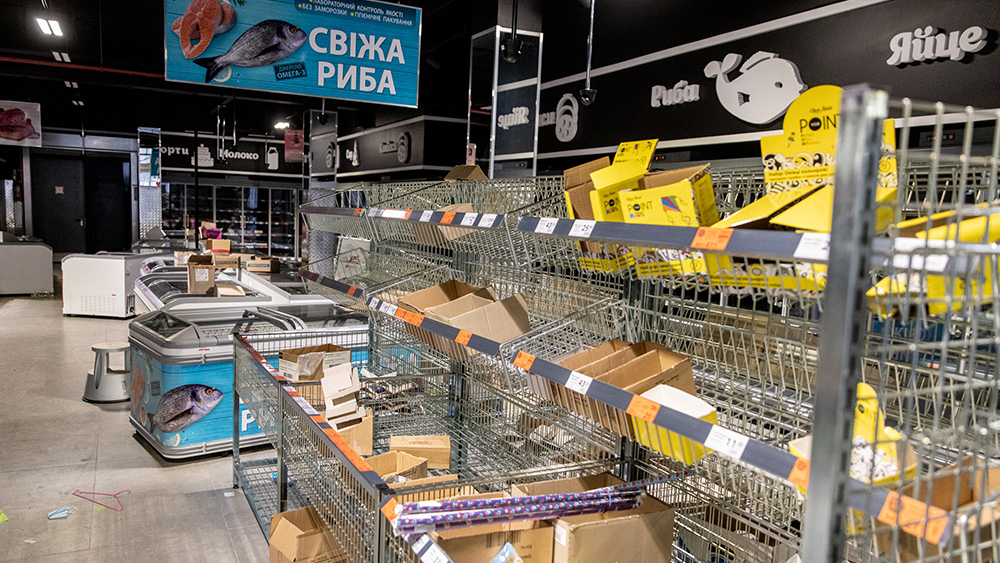Overly complex government regulations are contributing to food costs, supply chain disruptions
12/02/2021 / By Cassie B.

Supply chain issues like port backlogs and labor shortages have been getting a lot of attention lately, but researchers say another factor that has a big influence on food supply chain disruptions that is often being overlooked is regulatory restrictions.
The effects of food supply chain disruptions can be felt throughout the grocery store, with beef, pork and chicken prices rising 26, 19 and 15 percent respectively over pre-pandemic levels. Now, a group of researchers is drawing attention to the role that regulations are playing in the current situation in a new study entitled Regulatory Restrictions Across U.S. Protein Supply Chains.
The Food Safety and Modernization Act of 2011 (FSMA), which was considered the most sweeping update of America’s food safety laws since the U.S. Federal Food, Drug and Cosmetic Act of 1938 was adopted, contains a slew of regulations aimed at preventing foodborne disease, making the food and agriculture industry more sanitary and stopping food fraud.
While regulators understandably want to ensure food is safe for consumption and that the labor force enjoys safer working conditions, these regulations restrict our country’s food systems in several major ways, according to the study’s authors.
First, the researchers have found that the regulatory burden raises the prices people are paying at the grocery store while reducing the availability of some products to lower-income households. It’s not hard to imagine how food prices could rise when the regulatory restrictions across food systems have jumped 300 percent in the last half century, largely after FSMA was introduced.
To put it in perspective, more than 200,000 regulatory restrictions influence the on-farm production, processing and wholesale and retail sales for just one ounce of beef protein; in 1970, fewer than 50,000 restrictions affected this system.
In addition, regulatory burdens restrict entrepreneurial growth. The interconnectedness of modern food supply chains means that differences in state regulations can make interstate commerce burdensome and expensive. Supply chain restrictions at the state level have been linked to stunted growth in food industries such as breweries and aquaculture production.
Many food regulations are instituted at the national level, but many states have their own regulations as well. The numbers vary dramatically, with 715 animal-production-related restrictions in North Dakota and more than 18,000 in Oregon. This is an issue that is only likely to become more pressing as food supply chains continue to trend toward becoming more national and international.
There is no question that food regulations are necessary to protect consumers, animal welfare and the environment at large, but they need to be established in a way that does not cause undue price hikes and damage innovation and entrepreneurship.
World food prices on the rise
In the U.S., food prices in October were 5.4% higher than they were at the same time last year, according to the Bureau of Labor Statistics, as prices overall on expenses like rent, energy and cars noted their largest rise since 1990. In October, steaks cost 25% more than they did a year ago, while the price of eggs was up by 11.6%, chicken was up by 8.8%, baby food was 7.9% higher and cereal was 5% costlier than it was a year ago.
Global food prices rose for the fourth straight month in November, staying at 10-year highs. The Food and Agriculture Organization’s Food Price Index averaged 134.4 points last month compared to 132.8 in October. The index tracks the international prices of the world’s most traded food commodities. November’s figure was the highest the index has reached since June of 2011.
The index was up 27.3% on a year-by-year basis last month. The dairy index posted its biggest monthly rise at 3.4% over the previous month, while the cereal price index rose by 3.1%. Many leading economists have said that they do not expect to see relief in grocery prices any time soon.
Sources for this article include:
Submit a correction >>
Tagged Under:
big government, chaos, crisis, food collapse, food prices, food regulations, food shortage, food supply, grocery, inflation, price hikes, products, supply chain
This article may contain statements that reflect the opinion of the author
RECENT NEWS & ARTICLES
SupplyChainWarning.com is a fact-based public education website published by SupplyChainWarning.com Features, LLC.
All content copyright © 2021 by SupplyChainWarning.com Features, LLC.
Contact Us with Tips or Corrections
All trademarks, registered trademarks and servicemarks mentioned on this site are the property of their respective owners.


